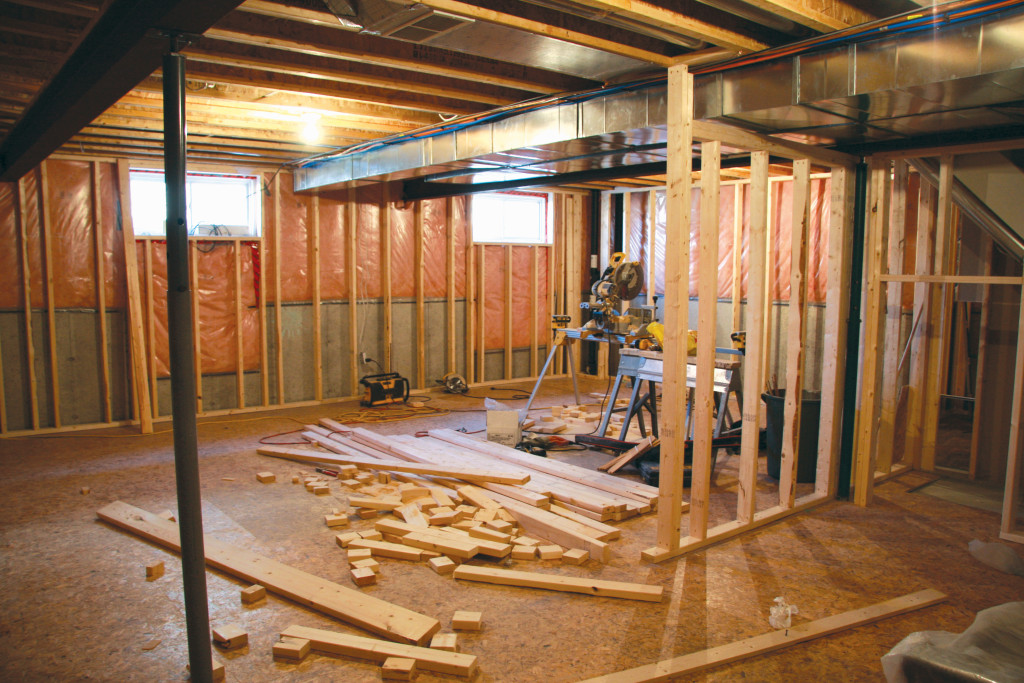- Choose a reliable moving company and read the contracts carefully.
- Secure necessary permits, licenses, and other regulations specific to the new location.
- Consider the amenities and services available in the area for convenience.
- Reevaluate your current office layout to optimize it for productivity and efficiency.
- Budget accordingly to account for unexpected expenses.
Relocating your business can be overwhelming, but proper planning and preparation can be a successful venture. There are several factors to consider before making a move. This guide will discuss these factors in detail, providing the necessary guidance to ensure a successful business relocation.
1. Choose the Right Moving Company
Choosing a reliable moving company can help your business relocation process go smoothly. A good mover should be experienced, knowledgeable, and willing to provide quality customer service. Research potential movers carefully by reading reviews and asking for references from past customers. It’s also important to read the contract thoroughly before signing it and ensure it includes insurance protections, a price breakdown, and other necessary details.
Once you have found a reputable moving company, discuss in detail the dates and times of the move. Be clear about when the movers need to appear at your place of business for loading and unloading and if there will be any delays due to weather or other circumstances that could affect the timeline. Provide as much information as possible so that you know the exact costs and fees associated with the move.
2. Secure Necessary Licensing and Permits
Before relocating your business, securing any necessary licenses and permits is essential. Depending on the industry and location, there may be specific regulations that you need to comply with. Research the requirements of your new location and obtain any necessary licenses and permits well in advance to avoid any delays or complications.
Some common licenses and permits required for a business relocation include zoning permits, building permits, business licenses, and environmental permits. It is also essential to ensure that your new location complies with safety and accessibility regulations.
3. Consider Your New Location’s Needs

When relocating your business, it is essential to consider the needs of your new location. Assess the area’s demographics, infrastructure, and accessibility to ensure that it suits your business needs. For example, if you are a retail business, you may want to consider a location with high foot traffic and ample parking. On the other hand, if you are a manufacturing business, you may need a location with easy access to transportation and shipping facilities.
Additionally, consider the amenities and services available in the area. This includes restaurants, cafes, and other local businesses that can benefit your employees and clients. Ensure your new location is easily accessible and convenient for all parties involved.
4. Reevaluate Your Current Office Layout
Relocating your business provides an excellent opportunity to reevaluate your current office layout. Take this time to assess your current space and identify any inefficiencies or areas for improvement.
Consider working with an office designer or space planner to help optimize your new space for productivity and efficiency. This can include designing a layout that promotes collaboration and communication and providing adequate storage and workspace for your employees.
Here are some factors to consider:
Comfort and Ergonomics
Creating a comfortable and ergonomic workspace for your employees should be a top priority. Invest in adjustable furniture such as height-adjustable desks, ergonomic chairs, and monitor arms to enable employees to customize their workstations for optimal comfort. Additionally, look into adding standing desks or treadmill desks to allow them to change their posture throughout the day.
Storage Solutions
Having adequate storage is key in any office space; it helps keep clutter off desktops and out of sight. Look for solutions that allow employees to access documents and supplies without taking up too much floor space. For example, consider wall organizers with slots for hanging folders, shelves for keeping supplies, and cabinets for storing documents.
Collaboration Zones

To foster collaboration and communication among employees, consider setting up designated areas for discussing projects and creative brainstorming. Ideally, these zones should be comfortable enough to encourage productive conversations and provide ample space to spread out work materials or whiteboards to jot down ideas.
Technology Considerations
Modern offices must stay on top of the latest technology to remain competitive. Ensure your office has the necessary infrastructure, such as reliable Wi-Fi access, ergonomic workstations with monitor arms that accommodate multiple screens, and many power outlets. Additionally, invest in collaboration tools such as video conferencing systems and digital whiteboards. Having the right technology in place will help boost employee productivity and morale.
5. Budget for Extra Costs
Relocating your business can come with unexpected costs, so it is important to budget accordingly. This includes the cost of moving and any expenses associated with setting up your new location, such as furniture and equipment purchases, renovations, and marketing expenses.
To ensure a realistic budget, create a detailed list of all the expenses associated with your move, including any hidden costs. Allow for a contingency budget to account for any unexpected expenses. Budgeting properly can avoid financial stress and ensure a successful business relocation.
Final Thoughts
Moving your business can be a daunting endeavor. However, with thoughtful strategizing and advanced preparation, it has the potential to become an enormously successful venture. By choosing the right moving company, securing necessary licenses and permits, considering your new location’s needs, reevaluating your current office layout, and budgeting for extra costs.

